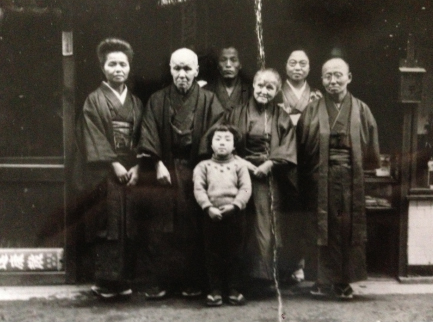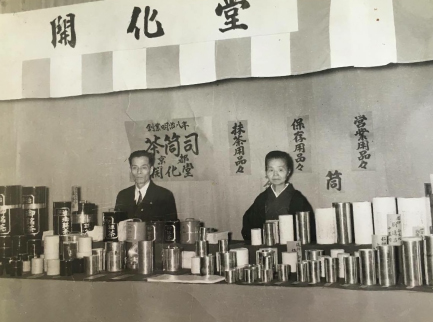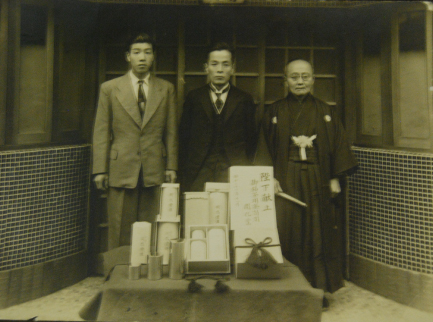History



Kaikado was established in Kyoto in 1875, the year of the Meiji Restoration, as the pioneer of tinplate canisters using imported tinplate from England. They have continued to implement their unchanged hand making techniques developed by their founder for over a century.
The interesting thing is how they’ve been able to continue making their “chazutsu” or tea caddies by hand for over a century in this way. It’s because they share the same understanding as the founder, know the essential value of “chazutsu” and have inherited the same techniques of their forefathers even when times and circumstances are constantly changing.
During World War II, Japan implemented a metal collection act forcing Japanese people to surrender all forms of metal. The third generation successor at Kaikado, knowing the rarity and importance of the tools, decided to bury them to protect them from disappearing. He then continued to secretly make the “chazutsu” which caused him to be imprisoned. The end of the war lead Japan into a high economic growth period and foreign industrial products became more popular causing people to think that machine made factory style produced products were better than those made by hand. Kaikado never chose that path which made them suffer affecting them financially. To maintain their livelihood, they moved into the pharmaceutical field and crafting “chazutsu” became their side business.
Thanks to the support of our customers and the realization of our quality through craftsmanship, we were able to return making “chazutsu” as our main business and received an opportunity to pay tribute to the emperor with one of their masterpieces. Being successful in business in Kyoto in these times would not be enough, so the expanded gently into Nagoya and other areas, north and south of Kyoto as well.
This era of mass production and mass consumption arrived in Japan and demand for our products propagated sales and our following but we continued to make everything by hand. We felt that machine making reduces quality and we couldn’t put our Kaikado brand on such a product. The bubble burst in Japan and the economy plummeted forcing us to discount our products significantly to make ends meet. The 5th generation successor questioned the future of Kaikado and even considered throwing in the towel in these bleak times. It was the 6th generation successor and current president that re-recognized the value of “chazutsu” and shaped a new marketing plan, involving general public retail and introducing their products to the world. Thanks to this new vision, orders once again started to grow and Kaikado has become a product that can be found all over the world.
Our “chazutsu” can be repaired even if they are dented or distorted. They can be passed down from generation to generation because of the traditional hand making techniques even now being practiced. Your grandchildren’s grandchildren will be able to bring their “chazutsu” back to craftsmen if they ever need maintenance.
Kaikaido will continue to provide living tools that can be used even 100 years later.